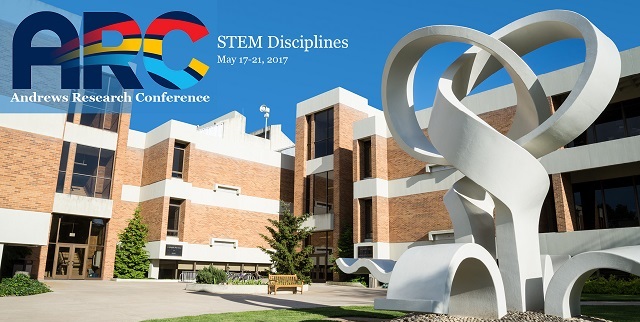The Visual Behavior of the Asian Citrus Psyllid
Presenter Status
Ph.D., U. S. Horticultural Research Laboratory
Second Presenter Status
Ph.D., Insect Behavior and Biological Control Unit
Third Presenter Status
Ph.D., Entomology Department
Presentation Type
Oral Presentation
Session
D
Location
Chan Shun 108
Start Date
19-5-2017 1:30 PM
End Date
19-5-2017 1:50 PM
Presentation Abstract
The Asian citrus psyllid (ACP) has spread citrus greening or huanglongbing (HLB) to every citrus-growing region in the United States. HLB has cost the state of Florida billions of dollars in damage. Little is known concerning the behavioral ecology of ACP towards visual cues. We conducted visual assays wherein ACP were exposed to visual targets made of filters that allowed a complex array of wavelengths. Our findings indicate that ACP are attracted to ultraviolet (UV) light, which in nature, is primarily found in the sky. The attraction of ACP to UV may provide some insight into the reason, metalized mulch is repellant, by confusing the ACP delineation of the solar and antisolar of the horizon. UV was found to enhance the attraction of targets in the green and yellow portions of the visual spectrum, but not the blue. This study represents the first example of ACP attraction to color targets and demonstrates that ACP are attracted to a combination of long and short wavelengths. The ecological implications of these findings as well as potential applications for monitoring ACP through visual traps will be discussed. Our results of ACP visual behavior involving UV light contribute to a better understanding of ACP visual behavior.
Biographical Sketch
Thomson Paris was born in November of 1984, in Loma Linda, California. His interest in butterflies was aroused when his mother read to him at the age of five, a book about butterfly collecting called Eyes for Benny by Anna Weaver. With the support of his parents, his interest in Lepidoptera grew and developed. Field trips with the Kentucky Lepidopterists’ Society and the Lepidopterists’ Society Meetings in Colorado advanced his entomological knowledge still further. During these field trips several notable acquaintances were made including Drs. Charles Covell and Thomas Emmel. In the spring of 1999, Thomson participated in a Lepidoptera expedition to Bolivia with Dr. Emmel, which further heightened his interest in the study of Lepidopterology. Thomson continued to develop his love for nature by beginning a life list of birds in 2002. In the fall of 2008, Thomson enrolled at Southern Adventist University as a Biology Major. In May 2008, he graduated cum laude with a B.S. in biology. The following fall, he enrolled in the Masters of Science program at the University of Florida in the Entomology and Nematology Department. In May 2011, he received his M.S. degree. Thomson began working at the Division of Plant Industry a state organization of the Florida Department of Agriculture and Consumer Services. During his time at the Division of Plant Industry, Thomson was introduced to psyllids through his supervisor Dr. Susan Halbert. Thomson found a Ph.D. position with Dr. Stansly in Immokalee, FL and matriculated into the Ph.D. position in the fall of 2011. In spring of 2016, Thomson received his Ph.D. degree. In the spring of 2017, Thomson began his post-doctoral studies involving research gene-based targeting of microbes in Asian citrus psyllids at the USDA Research Lab in Fort Pierce, FL.
The Visual Behavior of the Asian Citrus Psyllid
Chan Shun 108
The Asian citrus psyllid (ACP) has spread citrus greening or huanglongbing (HLB) to every citrus-growing region in the United States. HLB has cost the state of Florida billions of dollars in damage. Little is known concerning the behavioral ecology of ACP towards visual cues. We conducted visual assays wherein ACP were exposed to visual targets made of filters that allowed a complex array of wavelengths. Our findings indicate that ACP are attracted to ultraviolet (UV) light, which in nature, is primarily found in the sky. The attraction of ACP to UV may provide some insight into the reason, metalized mulch is repellant, by confusing the ACP delineation of the solar and antisolar of the horizon. UV was found to enhance the attraction of targets in the green and yellow portions of the visual spectrum, but not the blue. This study represents the first example of ACP attraction to color targets and demonstrates that ACP are attracted to a combination of long and short wavelengths. The ecological implications of these findings as well as potential applications for monitoring ACP through visual traps will be discussed. Our results of ACP visual behavior involving UV light contribute to a better understanding of ACP visual behavior.



